Manual de uso Makita 6940D Llave de impacto
¿Necesita un manual para su Makita 6940D Llave de impacto? A continuación puedes ver y descargar el manual en PDF gratis en español. Este producto actualmente tiene 1 pregunta frecuente, 0 comentarios y tiene 0 votos. Si este no es el manual que desea, , contáctenos.
¿Su producto tiene algún defecto y el manual no ofrece ninguna solución? Vaya a Repair Café para solicitar un servicio de reparación gratuito.
Manual de uso
Loading…


Loading…
Puntuación
Dé su opinión de la Makita 6940D Llave de impacto calificando el producto. ¿Quiere compartir su experiencia con este producto o hacer una pregunta? Deje un comentario en la parte inferior de la página.Más sobre este manual
Entendemos que es bueno tener un manual en papel para tus Makita 6940D Llave de impacto. Siempre puedes descargar el manual desde nuestro sitio web e imprimirlo tú mismo. Si deseas tener un manual original te recomendamos contactar con Makita. Es posible que puedan proporcionar un manual original. ¿Estás buscando el manual de tu Makita 6940D Llave de impacto en otro idioma? Elija su idioma preferido en nuestra página de inicio y busque el número de modelo para ver si lo tenemos disponible.
Especificaciones
| Marca | Makita |
| Modelo | 6940D |
| Categoría | Llaves de impacto |
| Tipo de archivo | |
| Tamaño del archivo | 0.52 MB |
Todos los manuales para Makita Llaves de impacto
Más manuales de Llaves de impacto
Preguntas frecuentes sobre Makita 6940D Llave de impacto
Nuestro equipo de atención al cliente busca información útil sobre los productos y responde a las preguntas frecuentes. Si encuentra inexactitudes en las preguntas frecuentes, indíquenoslo usando nuestro formulario de contacto.
¿Puedo guardar herramientas eléctricas en un cobertizo o garaje? Verificado
En general, las herramientas eléctricas se pueden guardar en un cobertizo o en un garaje, aunque a veces haga frío allí. Sin embargo, para prolongar la vida útil de la herramienta eléctrica, es mejor guardarla en un lugar seco y sin grandes fluctuaciones de temperatura. En un cobertizo o garaje, las diferencias de temperatura pueden provocar la formación de condensación, lo que puede provocar oxidación. Además, las herramientas que funcionan con baterías duran menos y no se cargan tan bien a temperaturas muy bajas. Para estar seguro de cómo debe almacenarse su herramienta eléctrica, lea siempre detenidamente el manual del usuario.
Ha sido de gran ayuda (6) Leer más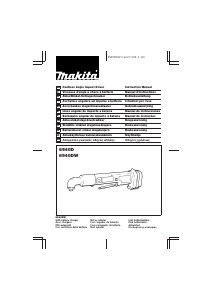

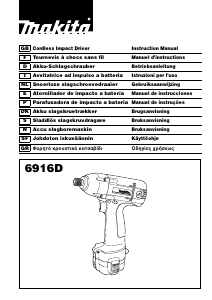
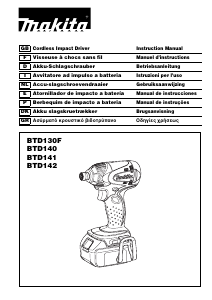
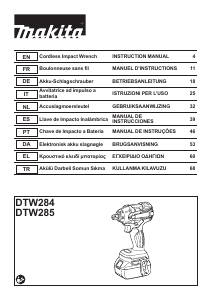
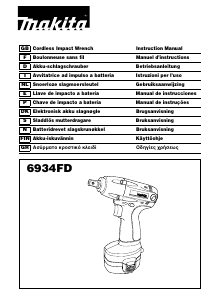
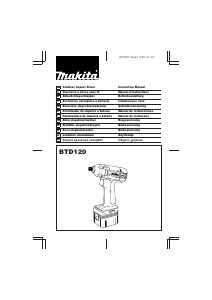
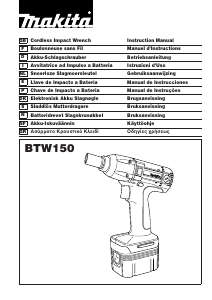
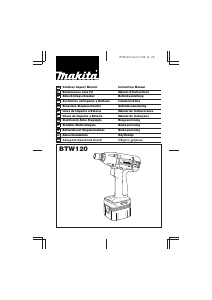
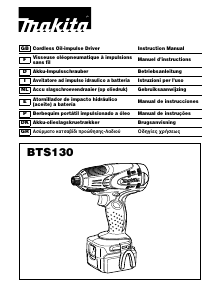
Únase a la conversación sobre este producto
Aquí puedes compartir lo que piensas sobre Makita 6940D Llave de impacto. Si tiene alguna pregunta, primero lea atentamente el manual. Puede solicitar un manual utilizando nuestro formulario de contacto.